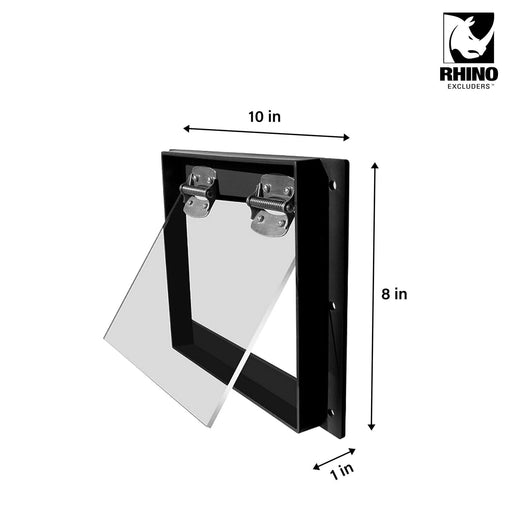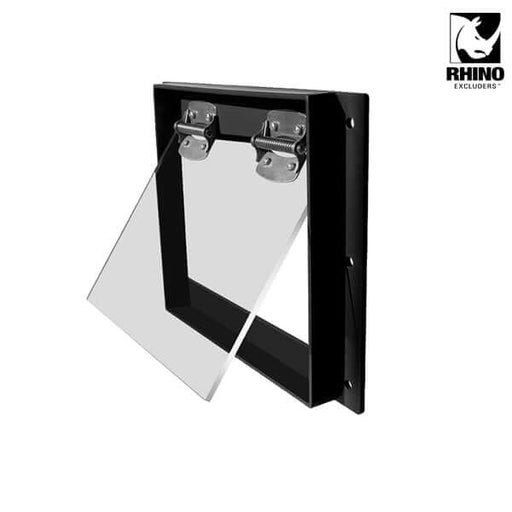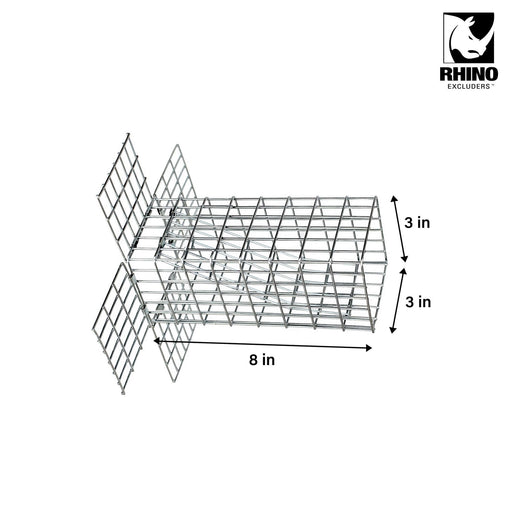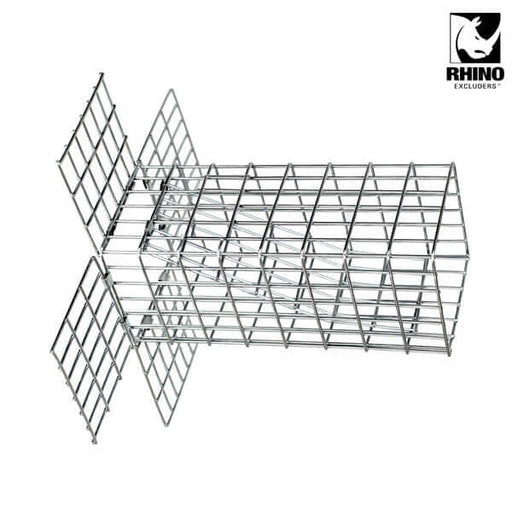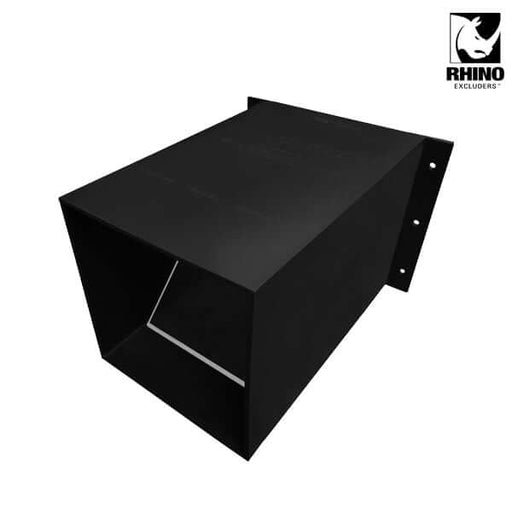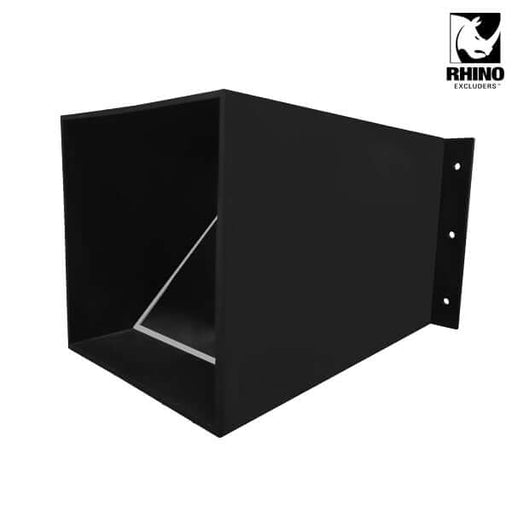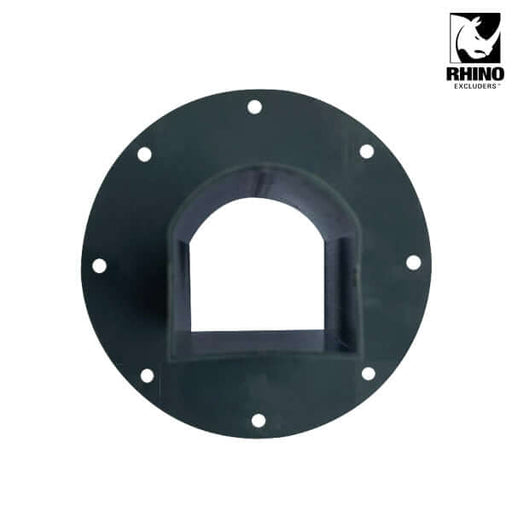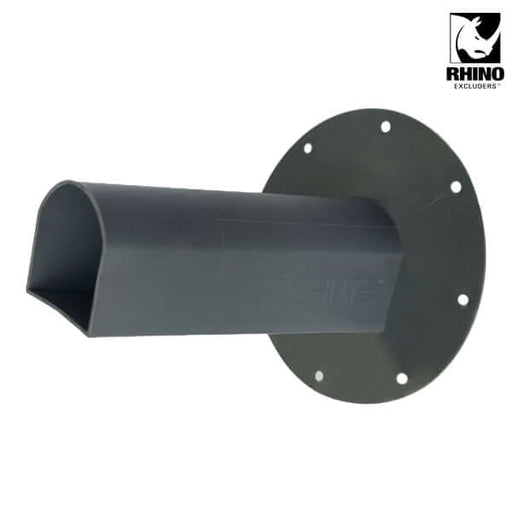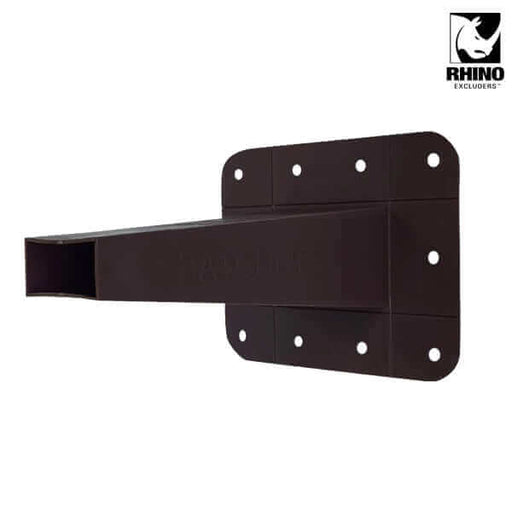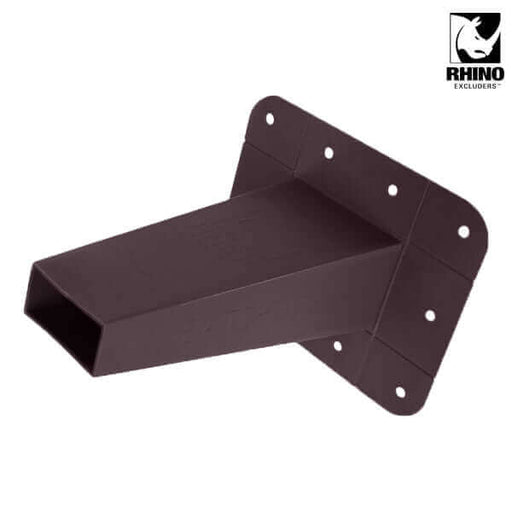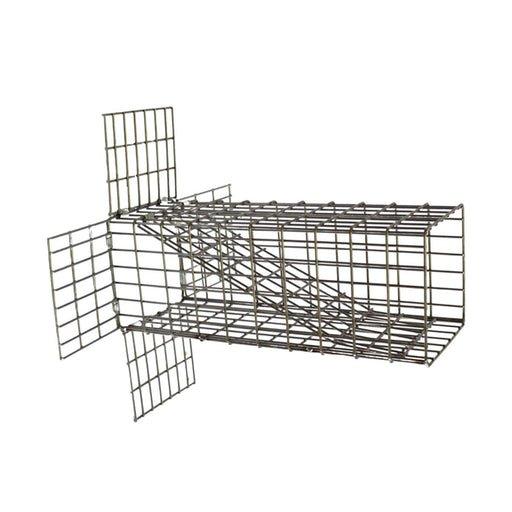
Do Rats Hibernate?
Known for their adaptability and keen survival skills, it's a valid question to have about rats. As we take a closer look into their habits during the colder months, we'll also uncover essential insights for safeguarding our homes against unwelcome guests year-round.
What is Hibernation?
Are Rats Hibernators?

Winter Rat Activity: Keeping It at a Distance
Preventive Measures
- Seal Entry Points: Conduct a thorough inspection of your home for any cracks, holes, or openings. Rats can squeeze through surprisingly small spaces, so ensure all potential entry points are sealed.
- Proper Waste Management: Rats are attracted to food waste. Ensure that your garbage bins are sealed and regularly emptied. Compost piles should also be well managed to not attract rodents.
- Food Storage: Store food in airtight containers and avoid leaving pet food out for extended periods. Rats are drawn to easy food sources, so minimizing access is key.
- Reduce Clutter: Rats love hiding in cluttered spaces. Keeping your home and yard tidy can reduce hiding spots for these pests.
- Regular Inspections: Regularly check your home for signs of rat activity. Things like droppings, gnaw marks, and unusual pet behavior can all be indicators of a rat's presence.

Other Recommended Maintenance
When to Call a Professional
Conclusion
Rhino Excluders™ Collection
-
Original price $54.99Original price $54.99 - Original price $54.99Original price $54.99Current price $44.99$44.99 - $44.99Current price $44.99
R108 - Rhino Excluders® Raccoon One Way Door
Rhino Excluders®In stockABS Plastic body | Light weight | 10” x 8” x 1” Are you tired of dealing with persistent raccoon intrusions? Say goodbye to those frustrating encou...
View full detailsOriginal price $54.99Original price $54.99 - Original price $54.99Original price $54.99Current price $44.99$44.99 - $44.99Current price $44.99Save 18% -
Original price $32.99 - Original price $32.99Original price$32.99$32.99 - $32.99Current price $32.99
S33 - Rhino Excluders® One Way Squirrel Door
Rhino Excluders®In stockS33 Rhino Excluders® One Way Squirrel Door (for Squirrels, Chipmunks, Rats & Similar Size Rodents) 14 Gauge | 8” x 3” x 3” Introducing the S33 ...
View full detailsOriginal price $32.99 - Original price $32.99Original price$32.99$32.99 - $32.99Current price $32.99 -
Original price $64.99Original price $64.99 - Original price $64.99Original price $64.99Current price $49.99$49.99 - $49.99Current price $49.99
Rhino Excluders® PROCHUTE™ One Way Door for removal of Raccoons, Skunks, Groundhogs, Opossums
Rhino Excluders®In stockRhino Excluders® PROCHUTE™ One Way Door Durable 5mm ABS Plastic body | 11” x 9” x 7” Prochute™ Excluder is perfect for removing raccoons, skunks, o...
View full detailsOriginal price $64.99Original price $64.99 - Original price $64.99Original price $64.99Current price $49.99$49.99 - $49.99Current price $49.99Save 23% -
Original price $24.99Original price $24.99 - Original price $24.99Original price $24.99Current price $21.99$21.99 - $21.99Current price $21.99
Rhino Excluders® BIRDCHUTE™ One Way Bird Door for removal of Birds
Rhino Excluders®In stockRhino Excluders® BIRDCHUTE™ One Way Bird Door Polypropylene (PP) Plastic body | 7” x 6.5” x 6.5” Birdchute™ One Way Bird Door is perfect for removi...
View full detailsOriginal price $24.99Original price $24.99 - Original price $24.99Original price $24.99Current price $21.99$21.99 - $21.99Current price $21.99Save 12% -
Original price $24.99Original price $24.99 - Original price $24.99Original price $24.99Current price $21.99$21.99 - $21.99Current price $21.99
Rhino Excluders® BATCHUTE™ One Way Bat Door
Rhino Excluders®In stockRhino Excluders® BATCHUTE™ One Way Bat Door Polypropylene (PP) Plastic body | 7” x 6.5” x 5” BATCHUTE™ One Way Bat Door is designed to humanely rem...
View full detailsOriginal price $24.99Original price $24.99 - Original price $24.99Original price $24.99Current price $21.99$21.99 - $21.99Current price $21.99Save 12% -
Original price $34.99 - Original price $34.99Original price$34.99$34.99 - $34.99Current price $34.99
S35 Rhino Excluders® One Way Door For Squirrels, Chipmunks, Rats & Similar Size Rodents
Rhino Excluders®In stockS35 Rhino Excluders® One Way Door For Squirrels, Chipmunks, Rats & Similar Size Rodents 14 Gauge | 10” x 3.5” x 3.5” Introducing the S35 Rhino ...
View full detailsOriginal price $34.99 - Original price $34.99Original price$34.99$34.99 - $34.99Current price $34.99

